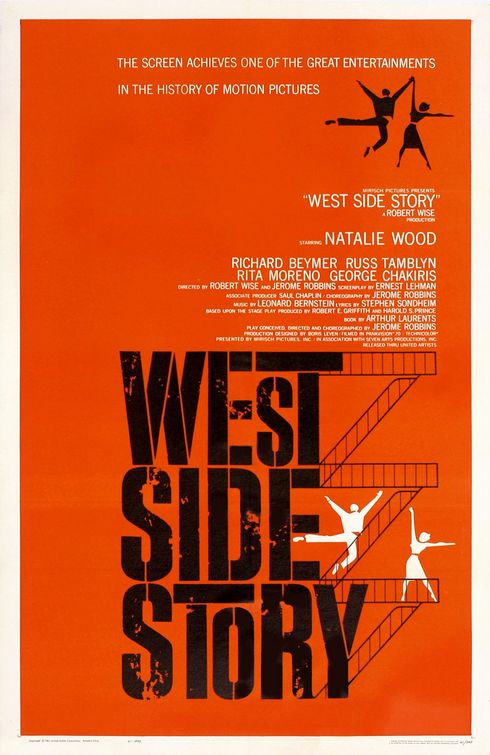Ralph Eckerstrom developed Container Corporation’s logo in the 1960s. He wanted the image if the isometric box with the 45-degree angle corners to advocate the systematic corporate identity. Eckerstrom stated that. “As a function of management, design must be an integrated part of overall company operation and directly related to the company’s business and sales activities. It must have continuity as a creative force. It must reflect total corporate character. Unless it meets these requirements, the company image it seeks will never coalesce into a unified whole, but will remain a mosaic of unrelated fragments.” In 1964, John Massey became the director of design for the Container Corporation. Systems design was broadly influenced by Massey and the International Typographic Style merged. In 1965, Container Corporation established the Center for Advanced Research in Design, a design studio that worked on advanced and experimental projects and received commissions from other organizations.
RIO LOBBY
16 years ago












